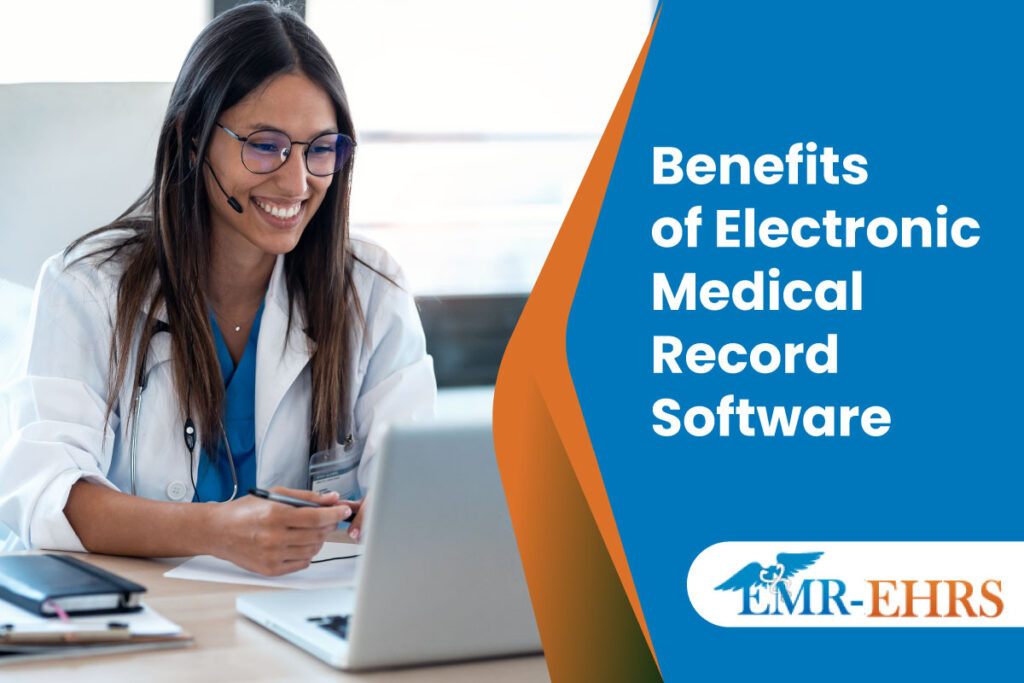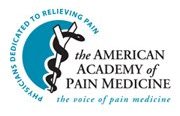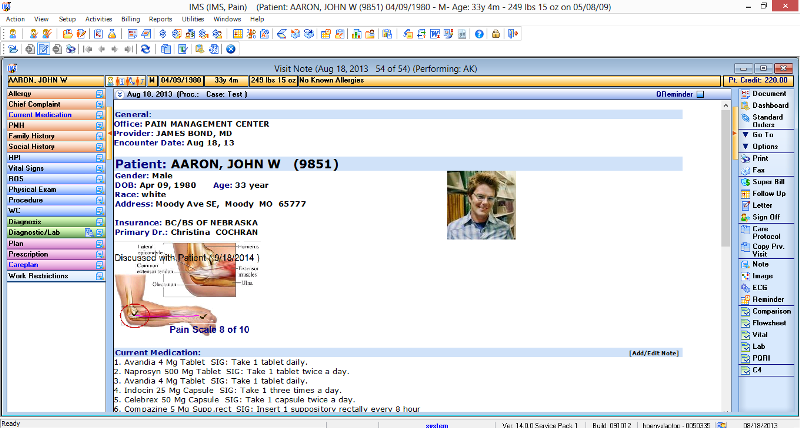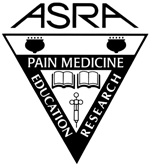
According to a U.S. survey, roughly 28% of adults stated that they suffer from chronic low back pain. To alleviate this pain, occupational therapists perform ergonomic assessments to identify risk factors and suggest adjustments to the workstation.
To ensure employees’ safe return to work, therapists use evidence-based interventions and incorporate top-tier technologies, such as electronic medical records (EMRs). An occupational therapy EMR allows clinicians to track their patient’s progress, collaborate with other healthcare providers, and document interventions.
Join us for a deep dive into the benefits of customized EMRs for employee health and safety. Learn how these solutions can help occupational therapists improve treatment plans and ensure personalized care.
Understanding Technological Obstacles in Occupational Therapy
Adopting digital health platforms can be challenging for therapists despite their proficiency in embracing new technologies. The integration process can disrupt their routines without proper planning and support.
Some of the technical challenges include:
1. Tackling the Learning Curve
Occupational therapists must stay updated with the latest technological advancements, including occupational therapy software. Although it requires intensive effort, the long-term benefits are invaluable. With EMRs, they accurately evaluate occupation-related conditions and support health interventions from consultation to rehabilitation.
2. Exploring Confidentiality Concerns
Strict data security and privacy standards are crucial when sharing patient information through EMRs. Practitioners can prevent unauthorized access or breaches by training and using the software’s access controls and encryption protocols.
3. Addressing Insurance and Billing Complexities
EMRs involve intricate interfaces between healthcare providers, insurance companies, and billing entities, requiring knowledge of digital and interoperability standards. To provide quality care and avoid legal ramifications, therapists must prioritize financial education, spanning from insurance landscapes to reimbursement structures.
4. Bridging the Interoperability Gap
One of the persistent challenges in healthcare is the lack of communication between EMRs, assistive devices, and telehealth platforms. When these systems are not designed to work together, it can lead to data silos, missed opportunities for collaboration, and delays in delivering care.
Critical Features of the Occupational Therapy EMR
EMR provides benefits that outweigh its adoption challenges. As a specialized set of tools and applications, this solution assists healthcare organizations in managing and optimizing occupational health and safety programs.
With customized features, this software solution flags workplace hazards and facilitates an employee’s recovery and safe return to work. Here are some key aspects that occupational therapy practitioners frequently use:
Secure Check-In/Out
The therapy EMR software provides secure check-in and check-out options to employees and visitors who enter or exit a clinic. These options range from electronic badges to QR codes and biometric authentication that help guarantee accurate patient identification.
Moreover, the auto check-in features enable patients to verify their demographic information, complete office forms electronically, and specify any health problems before seeing their occupational therapy clinician.
Efficient Appointment Scheduler
Managing and scheduling various health and safety-related appointments is vital for occupational therapy clinics. The scheduler feature of an occupational therapy EMR eliminates duplicate or erroneous entries by providing a user-friendly calendar interface.
Additionally, the appointment scheduler has built-in modules enabling therapists like you to easily manage tasks and communicate with care team members.
Quick Letter and Form Generation
EMR software systems are equipped with various features that enable healthcare professionals to quickly create digital healthcare checklists, safety inspections, and audit forms. These systems provide customizable input fields that automate the process of producing letters and forms with auto-populated patient details and other relevant information.
Custom Reports
The EMR software has built-in analytics tools that help you analyze incidents, risks, and compliance data. For instance, IMS enables occupational therapists and their staff to create customized reports or choose from over 400 templates.
Report features help practices optimize tracking critical wellness indicators and identify trends. Types of reports that therapists use include:
- Workplace Exposure Monitoring documents employee’s exposures to workplace hazards. This information supports occupational therapy practitioners in assessing the impact of occupational hazards on employee’s health over time.
- Injury and Illness Tracking is a report that focuses on work-related injuries and illnesses. Practitioners use this specific report to manage cases efficiently, record treatment plans, and monitor patient’s progress.
- Functional Capacity Evaluations (FCEs) are assessments that highlight the individual’s ability to perform job-specific tasks and include appropriate work restrictions or accommodations.
Benefits of Occupational Therapy EMRs
With EMR occupational therapy solutions, therapists stand to gain numerous advantages, including:
Better Treatment Plans
EMRs play a crucial role in occupational therapy by streamlining treatment planning. Occupational therapy professionals use this centralized platform to easily collaborate and share patient information, making it possible to integrate various components of interventions into the electronic record. This integration includes diagnostic outcomes, treatment protocols, and rehabilitation plans.
By leveraging the power of EMRs, occupational therapists elevate the quality of care they provide to their patients.
Comprehensive Data Analysis
In a California-based hospital, providers use their EMR to generate granular reports that reflect relevant factors (e.g., labor unions) to build focused strategies for addressing health disparities. This use case highlights the platform’s strengths in aggregating data and enabling robust data analysis to develop trend-based interventions for employee wellness.
Improved Progress Monitoring
EMR systems effectively track patients’ occupational health history, including their workplace exposures, medical examination records, and vaccination details. Occupational therapists can view all this information to understand their patient’s health needs and offer personalized interventions for better health outcomes.
By using electronic progress data, therapists can deliver better care so patients achieve their health goals.
Personalized Care For Patients
As a distinct field, occupational therapy has requirements that vary widely from those of other medical specialties. To meet these unique requisites, clinicians need occupational therapy EMR software tailored to their practice workflows and health programs.
A full integration ensures that the EMR becomes integral to the clinic’s broader strategy, promoting better health outcomes, reducing workplace injuries, and ensuring compliance with local regulations.
Seamless Workflow
Efficient communication is crucial in managing occupational health cases. Timely updates on a patient’s condition can significantly affect an employee’s safe return to work or continued absenteeism.
Essentially, therapists must use EMRs to access essential information promptly and reduce miscommunication and time-consuming errors.
Key Takeaway
Ensuring a proactive approach to workplace safety involves using EMRs during and after the point of care. Beyond regulatory compliance, these systems pack many benefits that bolster occupational therapists’ efforts to improve patient tracking, streamline workflows, and develop better treatment plans.
Choose the Top EMR/EHR Software
At EMR-EHR, we recognize the vital importance of occupational therapists in evaluating and managing employee health emergencies and work-setting challenges. We designed our occupational therapy EHR software and EMR solutions with advanced features to support therapists in prioritizing employee safety and holistic wellness.
If you want to learn more about our occupational therapy platform, please complete this form today.


 The
The 
 The American Academy of Pain Medicine (AAPM) is holding their 30th annual Pain Medicine conference this March, titled the Emerging Science & Research of Pain Medicine – and 1st Providers Choice is proud to announce that our
The American Academy of Pain Medicine (AAPM) is holding their 30th annual Pain Medicine conference this March, titled the Emerging Science & Research of Pain Medicine – and 1st Providers Choice is proud to announce that our 



